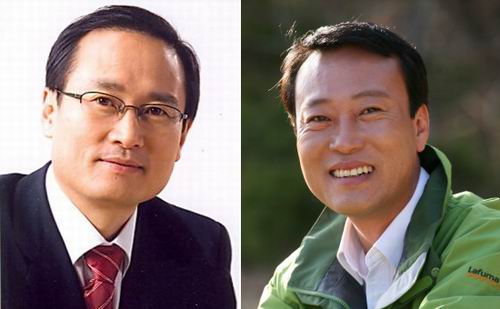29일 재보궐 선거서 인천 부평을, 울산 북구 각각 당선

우리대학 동문인 홍영표(철학 77학번, 민주당)동문과 조승수(농업경제학 81학번, 진보신당) 동문이 지난 29일 치러진 재보궐 선거에서 국회의원에 당선됐다.
지난 29일 선거관리위원회 개표 결과에 따르면 홍영표 동문은 인천 부평을 선거구에서 민주당 후보로 출마해 49.54%의 득표율로 한나라당 이재훈 후보(39.09%)를 누르고 당선됐다.
조승수 동문은 울산 북구에 진보신당 후보로 출마해 49.20%를 득표해 한나라당 박대동 후보(41.37%)를 눌렀다.
홍영표 동문의 경우 지난 국회의원 선거에서 낙선했으나 이번에 당선됨으로서 초선의원이 됐다. 조승수 동문은 지난 2004년 17대 총선에서 당선됐으나 선거법 위반으로 낙마한 후 이번 선거에서 승리로 재선에 성공했다.
한편 우리대학 출신 국회의원 수는 이번 재보궐 선거를 통해 9명에서 11명으로 늘어났다.
정웅재 기자
wonder@dongguk.edu

